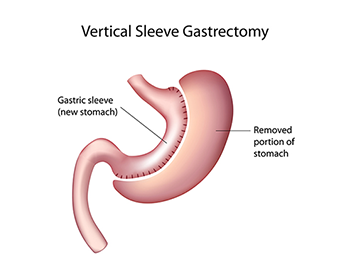
Some who are experiencing obesity problem cannot lose weight with dietary changes or exercise. However, weight-loss surgery, -known as bariatric surgery- which has been practicing for years, has changed the game. Aside from being a good solution to obesity problem, weight-loss surgery cures obesity related problems like type 2 diabetes in high levels.
There are different types of bariatric surgeries but generally excepted one is the laparoscopic sleeve gastrectomy which aims for shrinking the stomach. In this case the appetite hormone will be released lesser and even the patient eats food, their stomach will be full. Today, weight-loss surgery is practiced through laparoscopic method. After this method, which is practiced with small gadgets by making 1 cm holes in the abdomen, recovery period and going back to daily life routine is shortened.
WHO SHOULD CONSIDER THE WEIGHT-LOSS SURGERY?
For the weight-loss surgery the body mass index(bmi) of the patient is calculated initially. This calculation is the rate of height and weight to one another. If bmi is more than 30, it is possible to talk about obesity. Other factors taken into consideration for weight-loss surgery are; past weight-loss efforts, a realistic approach, motivation and family support. Health problems that come with obesity get better after the surgery by themselves. Diabetes, high blood pressure, high cholesterol and sleep apnea are some of the illnesses that come with obesity problem.
THE BENEFITS OF WEIGHT-LOSS SURGERY
The most important benefit of the weight-loss surgery is that it clears off the type 2 diabetes which many patients with obesity have problem with. With hormonal changes after the operation and a healthy diet, type 2 diabetes can be cured automatically. There are different practices among with weight-loss surgeries. Gastric bypass is the oldest practice among them. There are surgeries which result in malabsorption. There is vertical banded gastroplasty surgery which is no longer in use and there is laparoscopic sleeve gastrectomy which leads the way.
In vertical banded gastroplasty surgery there is actually no clamp attached to the stomach. A blow-up band is attached to the stomach in these practices. Hereby, patients are ensured fullness with less food. The food is transferred to the remaining part of the stomach and digested there. But in long term, it seems that effects are not permanent thus this practice is no longer in use. In laparoscopic sleeve gastrectomy a big part of the stomach is taken off of the body.








